Nakayama is in between Narita And Haneda International Airport
<クッキーについての同意並び欧州居住者向けプライバシーポリシー>
中山・下総・散歩道
The Oku-no-in (The Penetralia) Of Nakayama Hokekyo-ji Temple
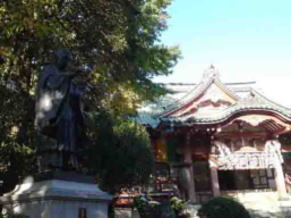
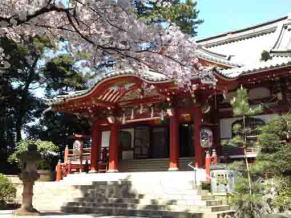
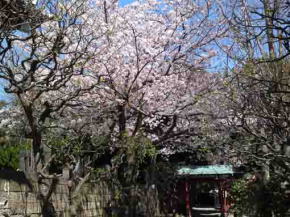
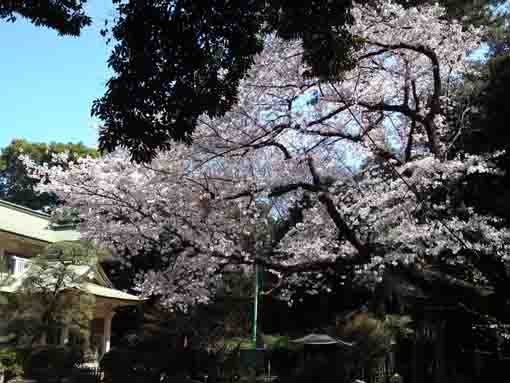
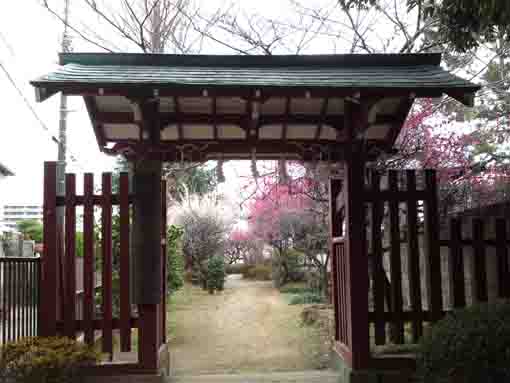
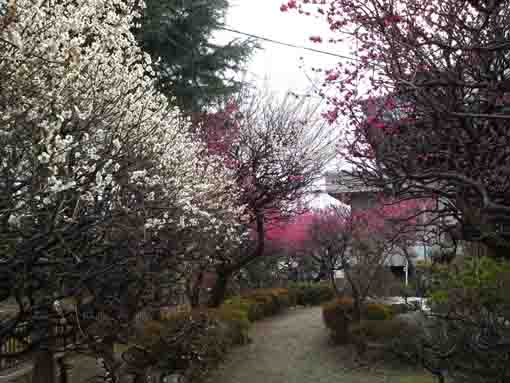
The Oku-no-in (The Penetralia) Of Nakayama Hokekyo-ji Temple
The Oku-no-in of Nakayama Hokekyo-ji Temple is the place where the founder Nichiren first preached to people. And the first abbot of Hokekyo-ji, the venerable Nichijo built here Hokke-ji Temple. Benzaiten is dedicated at the Oku-no-in as a member of the seven gods of good fortune, and on the tourist guide plate there, it is explained that she might have somthing related to Ugatokushoshin dedicated at the Ugajin-do behind the Soshi-do. Moreover, there are many plum trees in the temple and the white and red plum blossoms bloom beautifully in Febraury.The Okunoin of Hokekyoji Temple (The Wakamiya Castle)
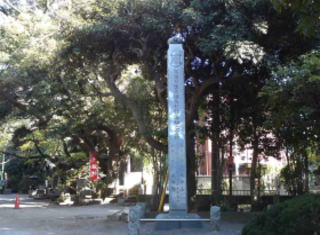
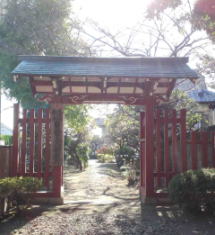
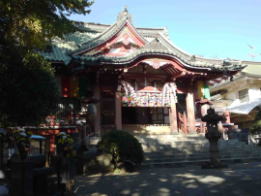
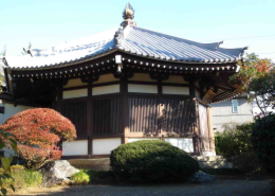
The Okunoin (The Penetralia) of Nakayama Hokekyoji Temple (The Wakamiya Castle)
In the middle of Kamakura period, Jonin Toki serving the Shimosa Governor, Yoritane Chiba, kept his base here called 'Wakamiya Yawata-no-sho', he had a round trip between Wakamiya and Kamakura to serve at the palace of the Shogun. In those days, he met the founder Nichiren and became his faithful supporterWhen the founder Nichiren got fired at Matsubagaya in Kamakura in Sagami-no-kuni (Kanagawa Prefecture) by the government of the Kamakura Shogunate in 1260, he escaped to Wakamiya and asked Jonin to help him. Then Jonin Toki built the Hokke-do in his castle for him to stay and he asked Nichiren to teach him. And also he came again when he had been attached by Kagenobu Tojo at Komatsubara in Awa-no-kuni (southern Chiba prefecture) in 1264. It is said that the founder Nichiren had given his sermon about a hundred times at the Hokke-do in Wakamiya. Therefore, Oku-no-in is the place where Nichiren first preached to people. And there are many myths of the Nichiren and his supporters, Noriakira Ota in Nakayama, Norinobu Soya in Soya in Ichikawa and so on.
After Nichiren had passed in 1282, Jonin Toki became a priest and named Nichijo, then he made the Hokke-do Hokke-ji Temple. Hokke-ji Temple united Honmyo-ji Temple in Nakayama to be Hokekyo-ji Temple, and Hokke-ji has been called 'Oku-no-in' since then. Then Nichijyo became the first abbot of Hokekyo-ji.
The thickly growing trees on piled soil is a part of the structural remnant such as the earthwork surrounding the castle at Wakamiya in their ages. Therefore, it was called 'Wakamiya Yakata Ato' (the ancient site of the castle at Wakamiya).
According to Edo Meiisho Zue, the founder Nichiren carved Isson-Yon-Bosatsu (bodhisattva) at Oku-no-in, and the twelfth abbot, the venerable Nikko built a Kyozuka (a mound of Buddhist Scriptures) for ten thousands Lotus Sutras there, and the statue of the founder Nichiren curved by the venerable Nippo was dedicated.
Benzaiten
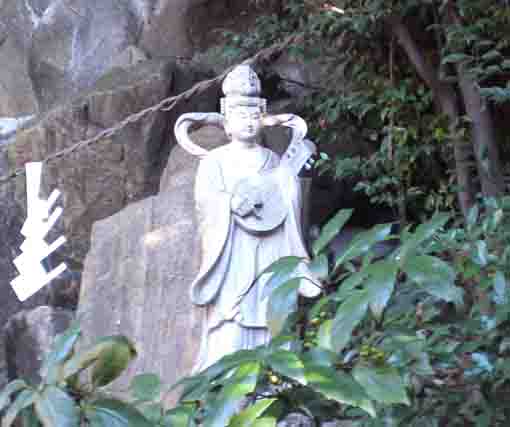
Benzaiten
Benzaiten is only a female god in the members of the seven gods of good fortune, and she is originally a goddess in the Indian myth, Sarasvati (called in Sanskrit), she is a wife of Brahma and the goddess of large rivers. 'Sarasvati' is feminin noun, means 'one who has water', so she is the goddess of music, knowledge since it comes from water flowing. Sarasvati is first called Benzaiten in Japan and also introduced as a goddess of knowledge. In Buddhism, Benzaiten appears on 'konkomei saisyo ou kyo' (the Golden Light Sutra of the Most Victorious Kings) at first, and it says that she gives knowledge, wealth and long life to people who preach and listen to the sutra. Howvere, she had often worshipped as a goddess of skills, and she united and mixed with Ichikishimahime-no-mikoto, therefore her statues are generally painted white in her skin with crown on her head and with biwa harp on her arm.After the middle Ages, Benzaiten has been worshipped as the god of property and she has become a member of the seven gods of good fortune. It is told that Benzaiten has the miraculous virtue of knowledge, property, charm and matchmaking.
Benzaiten has been dedicated on the different side of Ugatokushoshin since the ancient times. Therefore Ugatokushoshin in Nakayama Hokekyo-ji Temple might be dedicated on the different side of Benzaiten as it had been built. There are thousands of visitors come to pray it as Benzaiten is famous for fulfillment of their wishes.
Shichifukujin (the Seven Dieties of Good Fortune) In Ichikawa City
- 1st Bishamonten in Kokubunji Temple (3-20-1 Kokubun)
- 2nd Ebisuten in Shoganji Temple (4-12-3 Miyakubo)
- 3rd Daikokuten in Honshoji Temple (2-919-1 Onomachi)
- 4th Bishamonten in Jokoji Temple (3-1917 Onomachi)
- 5th Fuku Roku Ju and Ju Rojin in Myoshoji Temple (4-2122 Kitakata-cho)
- 6th Bezaiten in Okunoin of Hokekyoji Temple (2-21-1 Wakamiya)
- 7th Hoteison in Anyoji Temple (2-16-35 Koya)
- 8th All Seven Gods in One in Myooji Temple (2-18 Hongyotoku)
参考
奥之院案内板 平成十三年三月 市川市教育委員会
江戸名所図会6 ちくま学芸文庫
奥之院弁財天案内板より
Why don't you visit Shichifukujin in Ichikawa on this movie?
The Plum Blossoms At Nakayama Oku-no-in
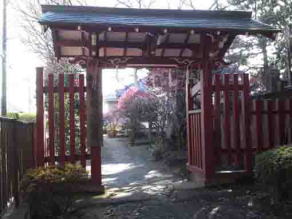
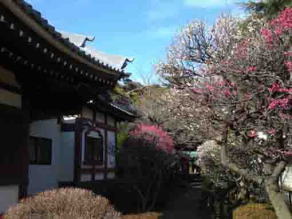
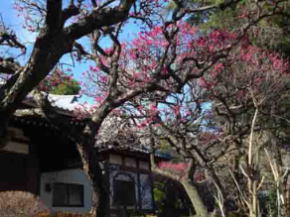
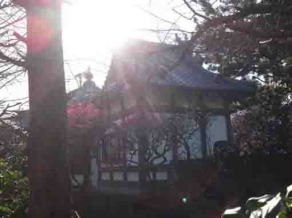
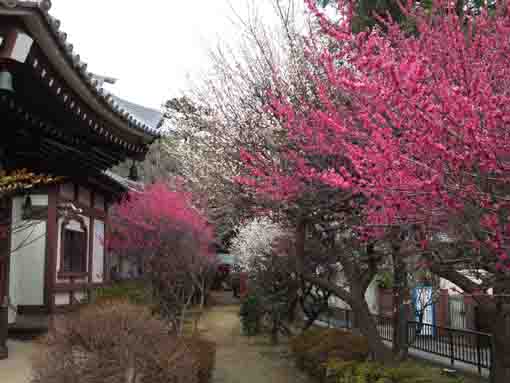
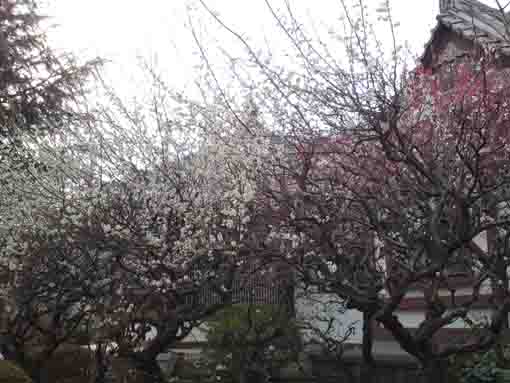
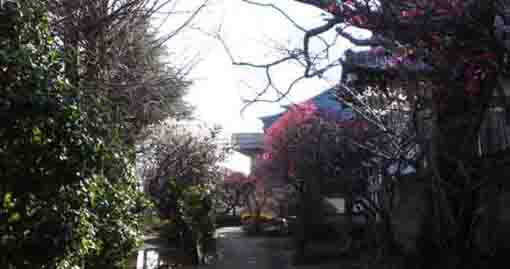
The Location and Access To Nakayama Okunoin
Nakayama Okunoin Temple
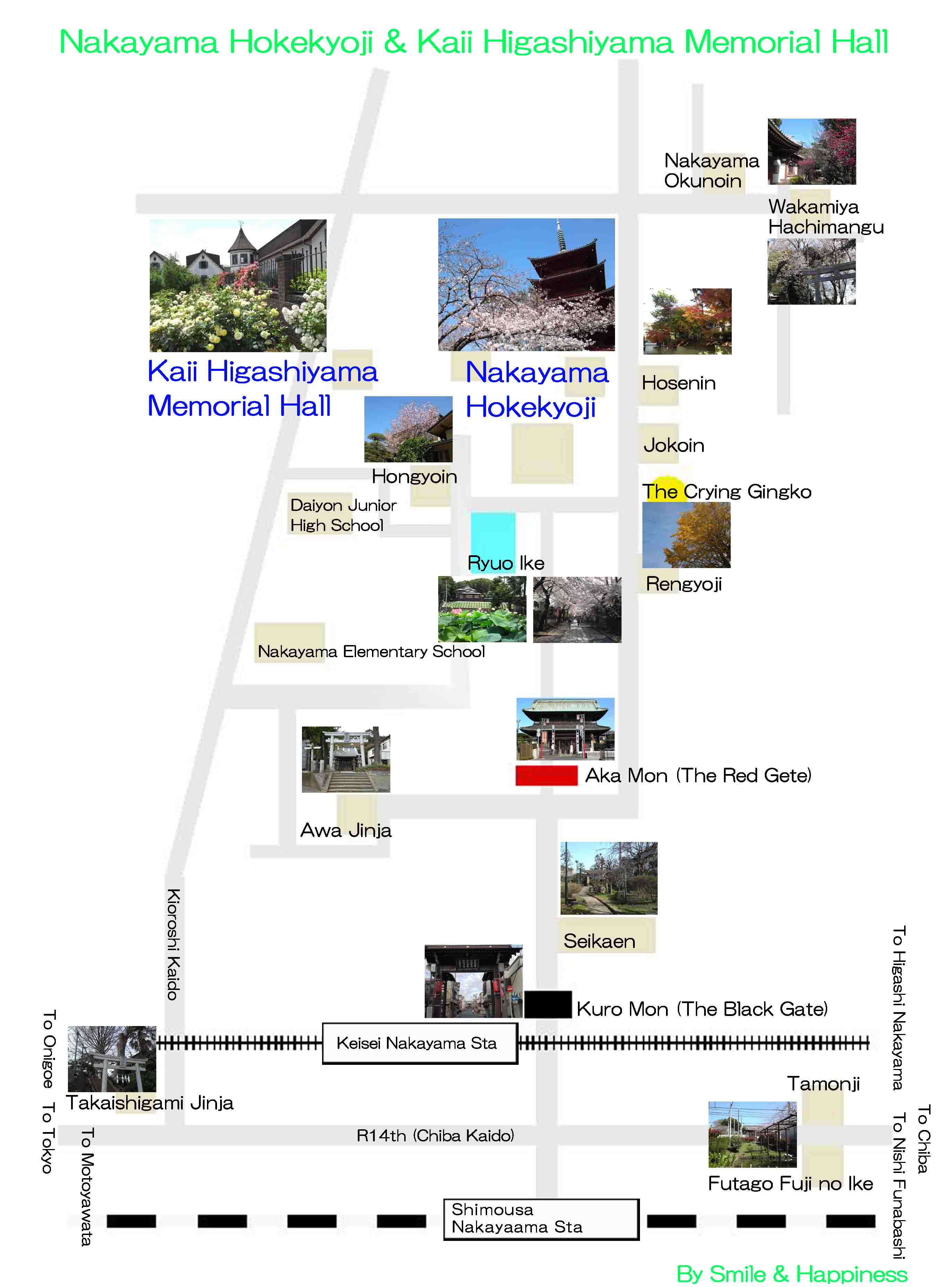
The map near Hokekyoji and Kaii Higashiyama Memorial Hall
PDF of the map near Hokekyoji and Kaii Higashiyama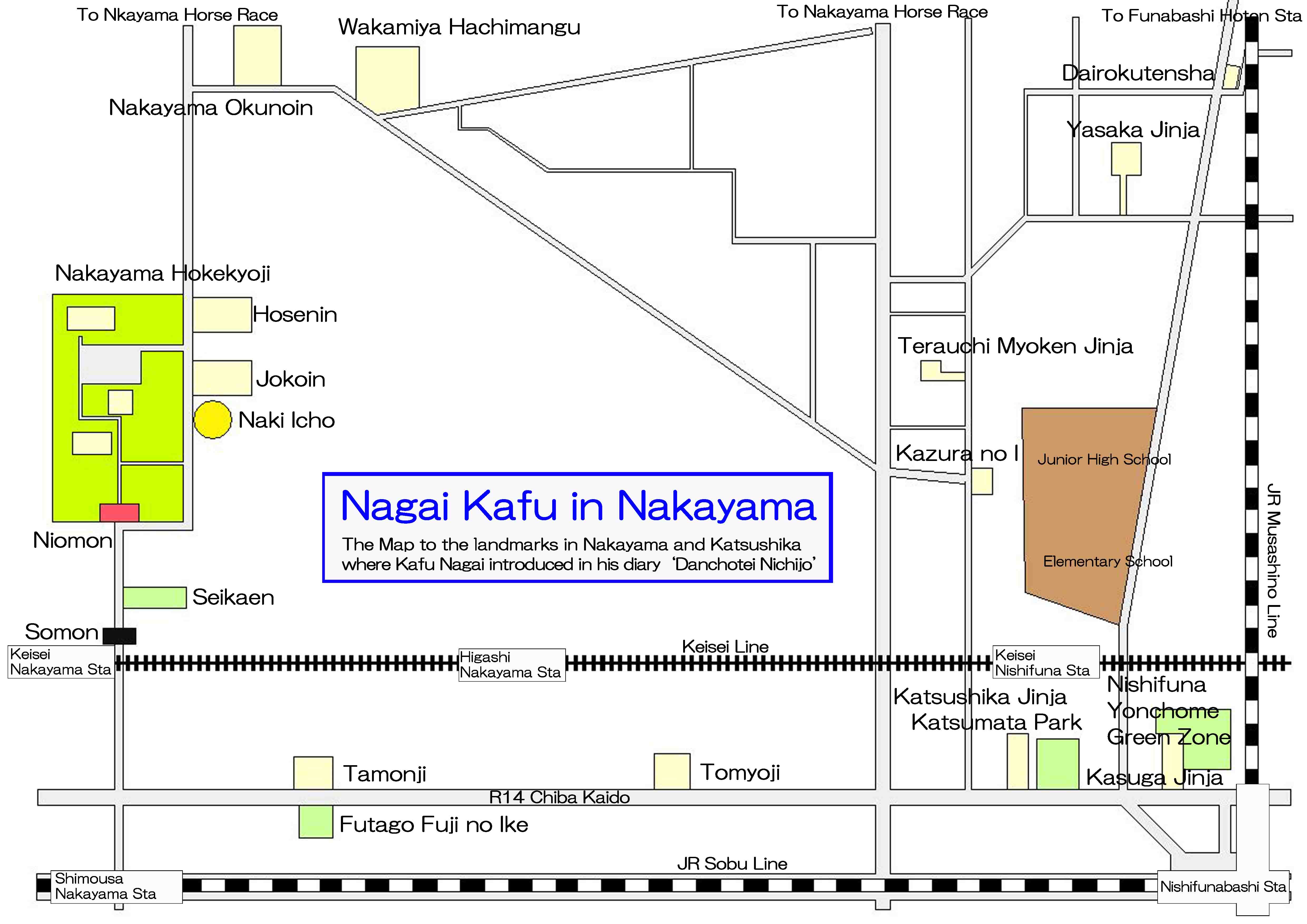
The map to the landmarks where Kafu Nagai introduced in his book
PDF of the map of the noted spots where Kafu Nagai visited2-21-1 Wakamiya, Ichikawa-shi, Chiba-ken
- Nakayama Oku-no-in has a great accessibility from both Narita and Haneda International Airport.
- From Narita International Airport, take Keisei-line and get off Keisei-Nakayama Sta, take minimally 40 minutes from Narita Airport.. And also take JR Sobu-exoress line, transfer the line at Funabashi to Sobu-Local line, get off Shimousa-Nakayama Sta.
- From Haneda International Airport, take Keikyu-line bound to Narita, and get off Keisei-Nakayama Sta.
- From Tokyo Sta, take Sobu-Express line bound to Chiba or Narita, transfer the line to Sobu-Local line bound to Chiba, Tsudanuma, or Nishi-Funabashi at Ichikawa Sta, get off Shimousa-Nakayama Sta.
- From Akihabara Sta, take Sobu line bound to Chiba, get off Shimousa-Nakayama Sta.
- Take 10 minute walk from Keisei-Nakayama Sta, and take 15 minutes walk from Shimousa-Nakayama Sta.
- From Nakayama Hokekyo-ji Temple, climb up the road on the east side of it for 5 minutes, you could find bakery on your left at the cross, then turn to right and walk for a minute, there is Oku-no-in on your left. And turn to left and walk 50 meters, there is a gate of Oku-no-in.
The Landmarks in Nakayama Hokekyouji Temple
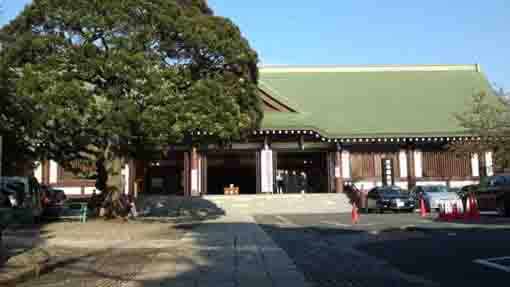
Honin(Taikyakuden)・Kishibojindo(Sonshindo)
Takikyakuden is the main hall of Hokekyoji and it has the business office and Kishibojindo Hall dedicated to the goddess of children on the end of the long corrido of the main hall.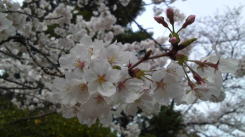
The Four Seasons In Hokekyoji
In spring, there is millions of cherry blossoms in Hokekyoji and in summer, lotus blooms on ryuo-ike pond. In fall, there are beautiful colored leaves. Every season, visitors could enjoy seeing the sights.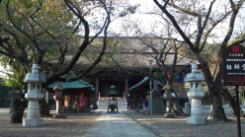
Soshido(Daido), the nationally important cultural property
It is characterized the twin hip-and-gable roof structure (hiyoku-irimoya-style), and hengaku written by Koetsu Honami hangs in front.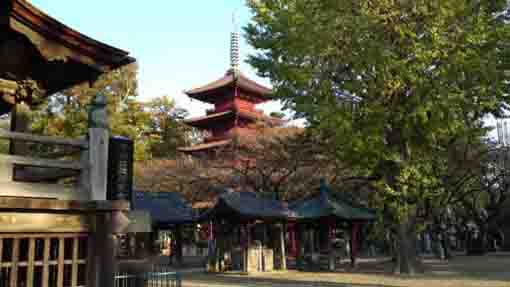
Goju-no-to (the five-story pagoda) , the nationally important cultural property
It was built in early Edo period (1622) by request of Koshitsu Honami supported by Maeda Family in Kaga.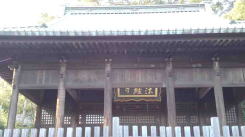
Hokke-do(the nationally important cultural property)
It was built in Kamakura period.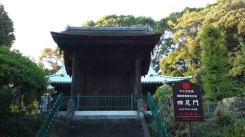
Yon-soku-mon (the nationally important cultural property)
It was moved from Aizen-dou in Kamakura 700 years ago.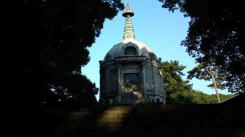
Shougyoden (the treasure hall)
It was designed by the famous architect Chuta Ito, it stores many scripts written by the Founder Nichiren.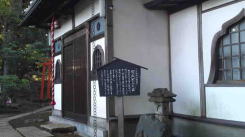
Shogan-jyoujyu-kigan-do (kiyomasa-kou-dai-zingi-do)
It enshrines Kiyomasa Kato, one of the most famous daimyo in Sengoku period.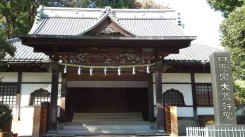
Aragyodo Hall (the hall where Buddhiist priests practice for 100 days in winter severly)
From Nov 1 to Feb 10, hundreds of Buddhist priests practice severly every year.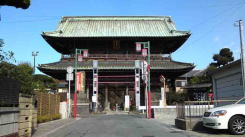
The Nio-mon Gate (The Deva Gate)
The henguku hunged in front of the gate was written by Koetsu Honami, famous artist in Momoyama Period.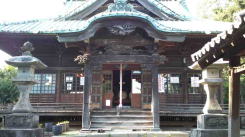
Setsu-do
It was built for worshipping Jurasetsunyo, Kishibozin, Daikokusama.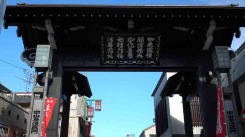
Black Gate(a tangible cultural asset by Ichikawa City)
It is also called Sou-mon (the main gate).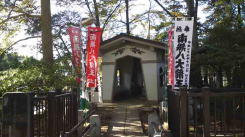
Hachidai-ryuo-do
The founder Nichiren built the small shrine to dedicate the dragon god to pray for rain.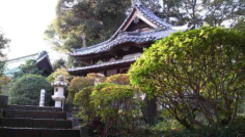
Ugazin-do
It enshrins Ugazin who is the guardian deity of Hokekyou-ji Temple.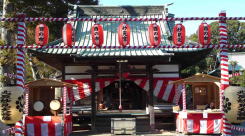
Myouken-do
It dedicates Hokushin Myouken Star that the Chiba Family deeply believed in, Hokekyoji traditionally succeeds. In November, Tori-no-ich is held in the site to dedicate the star.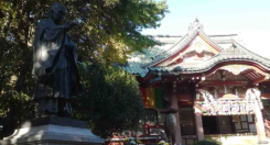
Oku-no-in (the first place where Nichren had preached at)
The founder Nichiren preached first time at the Toki's castle called Wkakamiya Yakata. And Toki built a temple 'Hokkeji', it is the origin of Oku no In.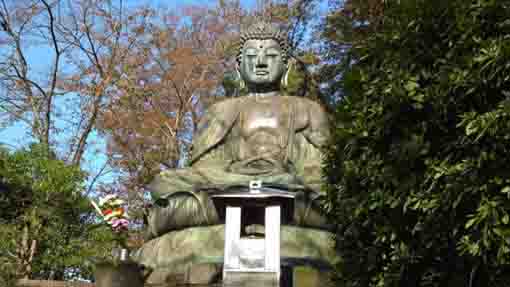
The Great Buddha(The Seated Statue of Shaka Nyorai)
It was built in 1719 by famous caster Ota Suruga-no-kami in Kanda. It is the bigest great Buddha in Chiba prefecture.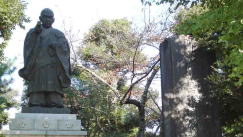
The statue of Nichijo and Naki-Icho
Nichijo was the first abbot of Nakayama Hokekyoji Temple and Naki Icho is a gingko tree having a sad legend.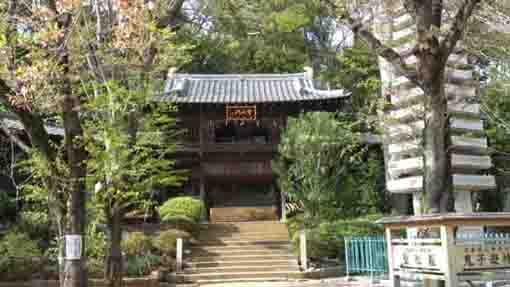
Kagami-ike-ato (the remain of the pond like a mirror), Emado hall, Hoden-mon gate, Ryuenkyo bridge
There are some other landmarks in Nakayama Hokekyoji Temple.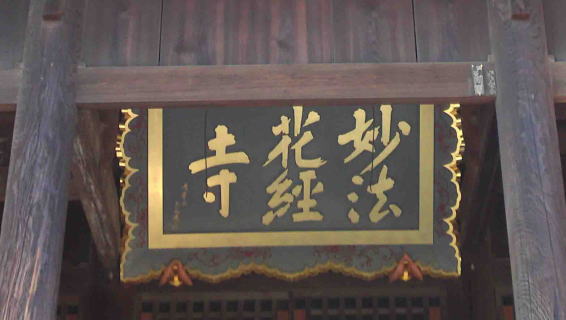
The artists, poets and writers related to Hokekyoji Temple
Koetsu Honami specially remained his calligraphy in Hokekyo-ji Temple, and Shiki Masaoka, Kafu Nagai discribed it well.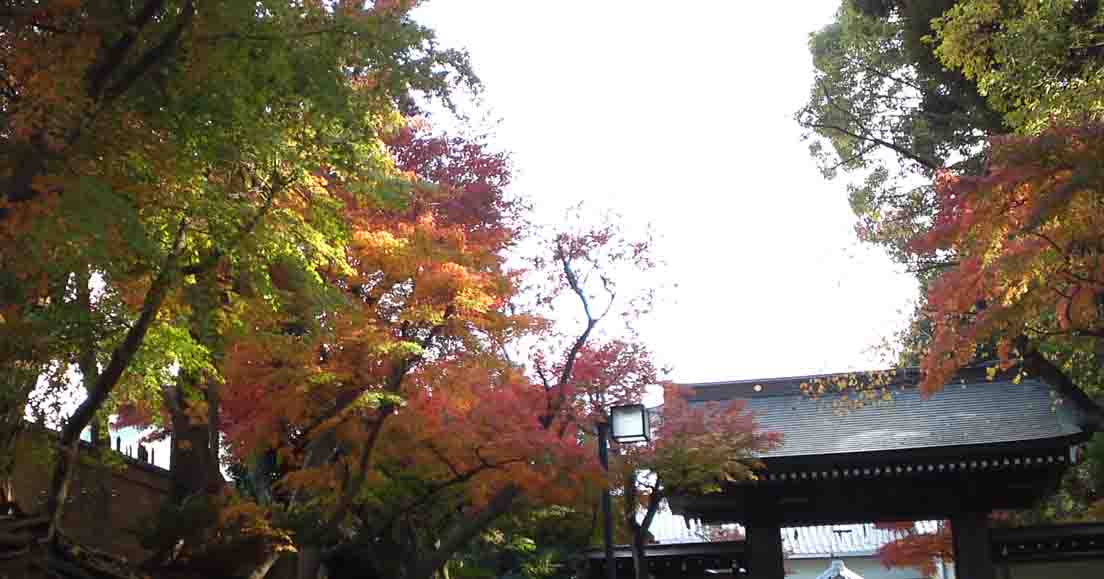
The Tacchu Temples and the Branch Temples in and around Nakayama Hokekyoji Temple
Some tacchue temples are introduced in this page.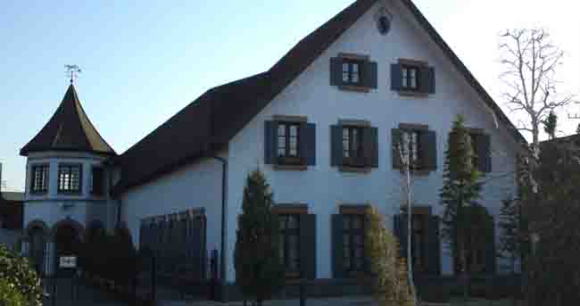
A Walk on the the area around Nakayama Hokekyoji Temple
There are some noted spots, Kaii Higashiyama Memorial Hall and so on, near Hokekyoji.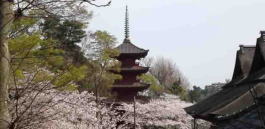
The Popular Viewing Sakura Spot / Nakayama Hokekyoji Temple
Cherry blossoms in Hokekyoji are amazingly wonderful.- 広告 Advertisement -
